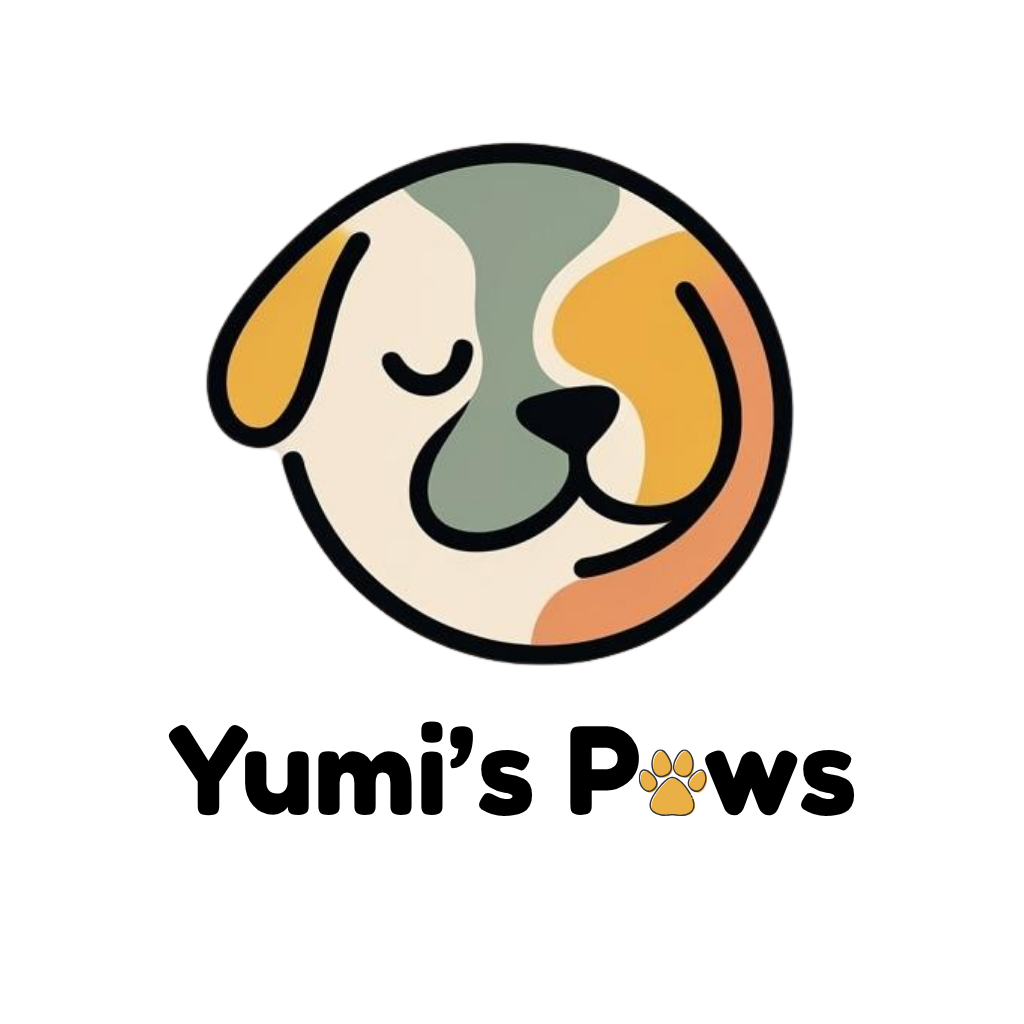Back-to-School Blues: Helping Dogs Adjust to New Routines
🐾 Why Does Back-to-School Trigger Dog Anxiety?
Dogs thrive on consistency. When routines shift suddenly—less playtime, fewer walks, longer hours alone—they can feel abandoned or stressed. According to PetMD’s guide on separation anxiety, seasonal routine changes are one of the top anxiety triggers in dogs.
📌 Snippet-ready definition:
Back-to-school dog anxiety is stress caused by sudden changes in household routines, leading to destructive chewing, barking, or panic when left alone.
🎓 How Can You Prepare Your Dog Before School Starts?
Practice Alone-Time: Start leaving your dog alone for short periods, gradually increasing time.
Adjust Feeding & Walks: Shift schedules a week before school starts.
Create Morning Rituals: A quick walk or training session before leaving helps dogs settle.
👉 The New Puppy Playbook includes socialization and crate training schedules that make daily transitions smoother.
🐕 What Are the Best Enrichment Ideas for Dogs Left Home Alone?
Interactive Toys: Puzzle feeders, snuffle mats.
Frozen Treats: Stuffed Kongs with peanut butter or yogurt.
Dog TV or Music: Background sound eases loneliness.
Training Games: Hide treats to create “sniffaris.”
👉 The Separation Anxiety Playbook provides a full Calm Alone-Time Routine with step-by-step enrichment strategies.
Research from Fear Free Pets shows enrichment reduces anxiety and helps prevent destructive behaviors.
🏫 How Do Rescue or Adopted Dogs Handle School Routine Changes?
Rescue dogs may feel extra stress when routines shift. New noises, busy mornings, and long absences can reopen old fears.
Decompression Spaces: Use crates or quiet rooms with familiar bedding.
Consistent Cues: Signal leaving and returning with calm, consistent actions.
Bonding Rituals: Short, daily enrichment activities build trust.
👉 The Adopted Dog Playbook includes decompression timelines and bonding checklists for handling transitions like back-to-school.
👨👩👧 How Can Families Involve Kids in Pet Care?
Dogs thrive when the whole family participates.
Homework Buddies: Kids can pair study time with quiet dog cuddles.
Responsibility Charts: Track walks, feeding, and playtime.
Safe Interactions: Teach children to respect quiet zones.
See our Paws & Parenthood blog (cluster link) for tips on family-dog routines.
🐾 Yumi’s Pep Talk: Consistency = Calm 🐾
Back-to-school doesn’t have to mean stress for your dog. With the right prep, enrichment, and calm routines, your pup can thrive—even when the house feels a little emptier.
Problem-to-Solution CTA:
🐶 Don’t let back-to-school anxiety take over—get the Separation Anxiety Playbook for desensitization guides, enrichment routines, and daily trackers that keep your pup calm all year.
